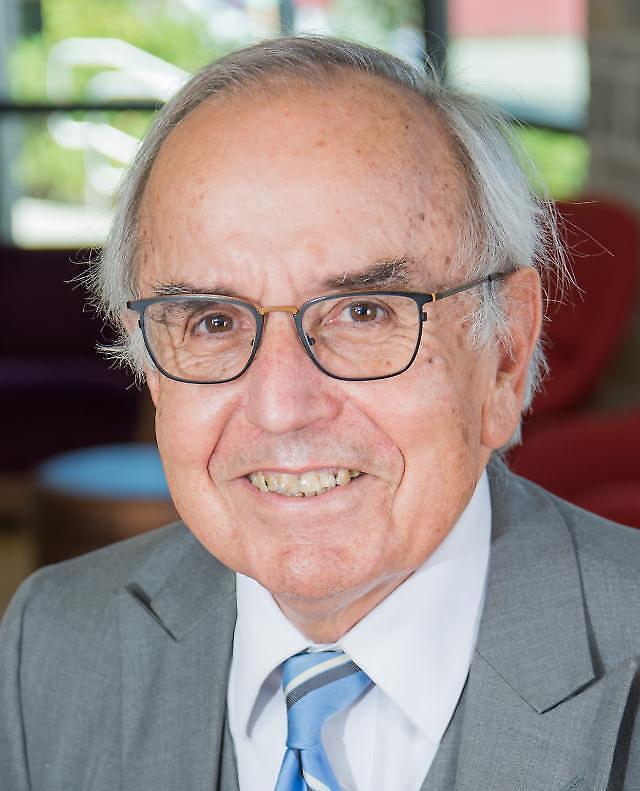
The Normandy invasion combined thorough planning, mobilizing vast matériel, and great imagination. When the enormous operation underway was announced, a U.S. newspaper highlighted a front-page drawing of invading soldiers cascading into Europe, as a terrified Hitler fled. A year of extremely brutal, almost continuous combat lay ahead, but the end of Nazi Germany was in sight once the beaches were secured.
The leadership of Supreme Allied Commander General Dwight D. Eisenhower was crucial. Ike demonstrated great executive ability in supervising the enormous planning, and brilliant interpersonal skill that welded and held together the most diverse military alliance in history.
Remarkably, he was able to establish overall unity of command. This eluded even the American military alone in the Pacific, where Army General Douglas MacArthur pursued one strategic vision, while U.S. Navy admirals implemented a different approach.
Extensive bombing of transportation routes and supply depots in France was viewed by Eisenhower as crucial preparation. Such action would bring an estimated minimum of 60,000 civilian casualties, and perhaps far more. For various reasons, many American and British air commanders resisted, arguing for a more limited effort.
Eisenhower was adamant about the absolute need for extensive bombing, arguing that less would put the risky invasion in even graver danger. Free French General Charles de Gaulle agreed and gave unequivocal support. Ike had managed to establish an effective working relationship with the insecure, temperamental French leader.
Simultaneously, the American commander never lost awareness of the terrible human costs of war, borne primarily by the enlisted ranks. He constantly stressed the fundamentally important role of the combat soldier, and regularly went to see troops in the field. This dimension is captured especially by classic photographs of his visit with young American paratroopers preparing to depart to initiate D-Day.
Finally, Eisenhower demonstrated brilliant imagination. During heavy fighting for Sicily in 1943, General George S Patton Jr. slapped two U.S. soldiers suffering extreme combat stress. Intense controversy resulted. Nazi leaders dismissed the entire matter as propaganda. The German military executed thousands of their own men for infractions.
Ike moved Patton to England, to reflect in isolation. Meanwhile, a fictitious army emerged around him. Actors were assigned roles, bogus information generated, phony buildings and vehicles constructed. On D-Day and immediately thereafter, crucial German units remained in reserve, partly because Patton’s (nonexistent) forces had not yet moved.
Both Eisenhower and Patton were gifted leaders, naturally complementary. The first direct combat between American and German forces occurred in early 1943 at Kasserine Pass in Tunisia. Field Marshal Erwin Rommel’s Afrika Korps devastated inexperienced, often terrified, U.S. troops and inept commanders. Approximately 2,000 American men were lost; the vast majority were captured. Many simply surrendered when faced by the Germans.
The already controversial Patton was then appointed commander. About a month thereafter, these same Americans defeated the Afrika Korps at El Guettar. Rommel observed he never saw soldiers more poorly prepared for real battle, or more able to improve rapidly, than the Americans.
Eisenhower was a gifted leader of Americans, and others as well. When he died, President Richard M. Nixon’s eulogy compared him to George Washington: “First in war, first in peace and first in the hearts of his countrymen.”
Time brings clarity, including regarding leaders.
-------------------------------------------------------------------------------------------------------------------------
This article was contributed by Arthur I. Cyr, author of "After the Cold War -- American Foreign Policy, Europe and Asia" (NYU Press and Palgrave/Macmillan). He has taught at the Universities of Chicago and Illinois, Northwestern University, and Carthage College (Clausen Distinguished Professor).
Copyright ⓒ Aju Press All rights reserved.





View more comments